One perfect day: GameTomo on their narrative delight Sumire
GameTomo’s Sumire is one of the most beautiful narrative-centric games in recent memory, as you’ll already know if you’ve either played it or read our write-up on the subject.
I was intrigued by how this project came to be, because it seemed like it was a real labour of love for everyone behind it. So I managed to get hold of Michael Ely from the developer and pick his brain on a few questions I had about the game and where it came from — beginning with GameTomo’s background, since I didn’t recall having come across them before.
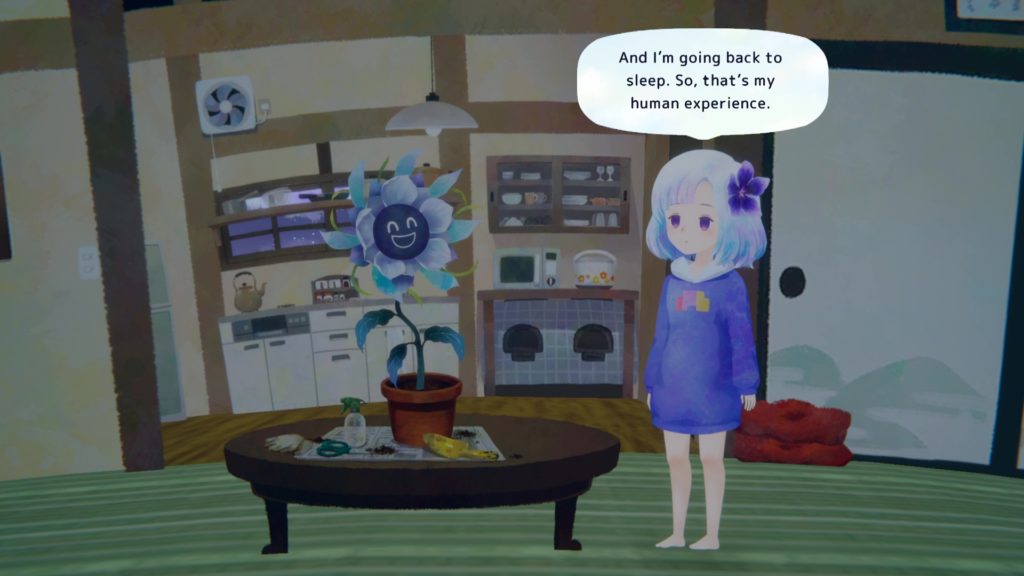
“GameTomo is a multinational group of developers based in Tokyo,” Ely tells me. “We’re pretty much a mix of everything; we have experienced developers and people new to the industry, people from Japan and the US and other countries as well. We helped bring Cuphead, Superhot and Lost Ember to Japan, and we published and remastered the mech action game Project Nimbus.”
GameTomo is well-placed to create games that appeal to both eastern and western audiences by its diverse staff, consisting of both native Japanese people and ex-pats from abroad. I was curious how the makeup of the team had helped inform development and writing.
“We have some ex-pats and some Japanese staff, about a 50-50 mix,” Ely explains. “For Sumire this comes through in a sense of wonder that a stranger feels in a strange land, balanced with the sense of reality and detail that our Japanese staff are always watching for.
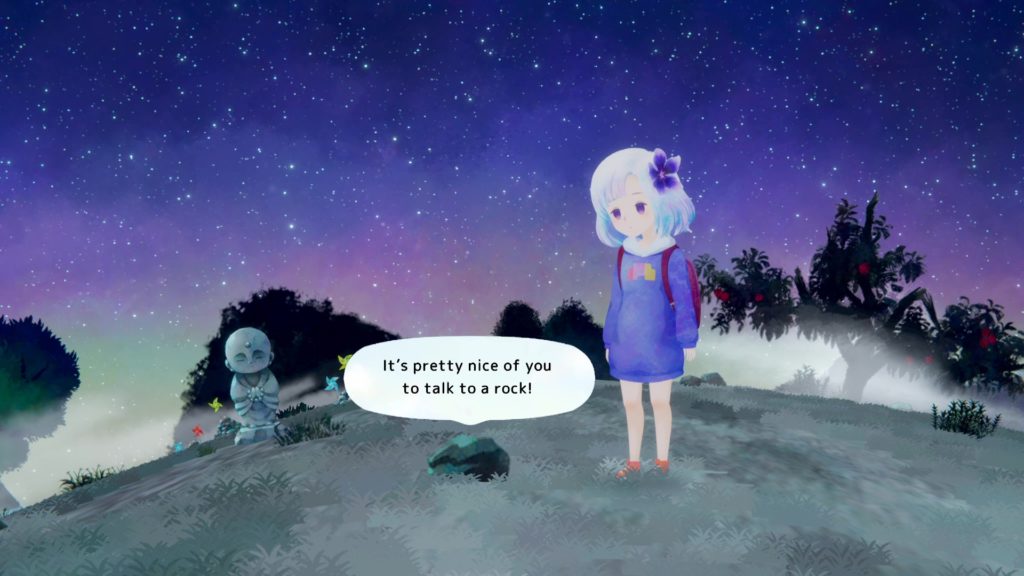
“Inside the company,” he continues, “it encourages us to communicate clearly and with good humour, knowing that language barriers are always lurking. We have an amazing team and they all brought a piece of themselves to Sumire.”
The basic concept of Sumire — the question of what you would do if you were challenged to have “one perfect day” — is a powerful and profound one that I suspect many of us have thought about at one point or another in our lives, particularly if we’ve been going through a dark period. I asked Ely if there were any specific events that had encouraged him and the team to explore this concept through a game.
“It’s always resonated with me,” he says. “And I think it’s a concept that crosses everyone’s mind at some point. What would you do if you had only one day? Who would you call, what would you want to see or do?
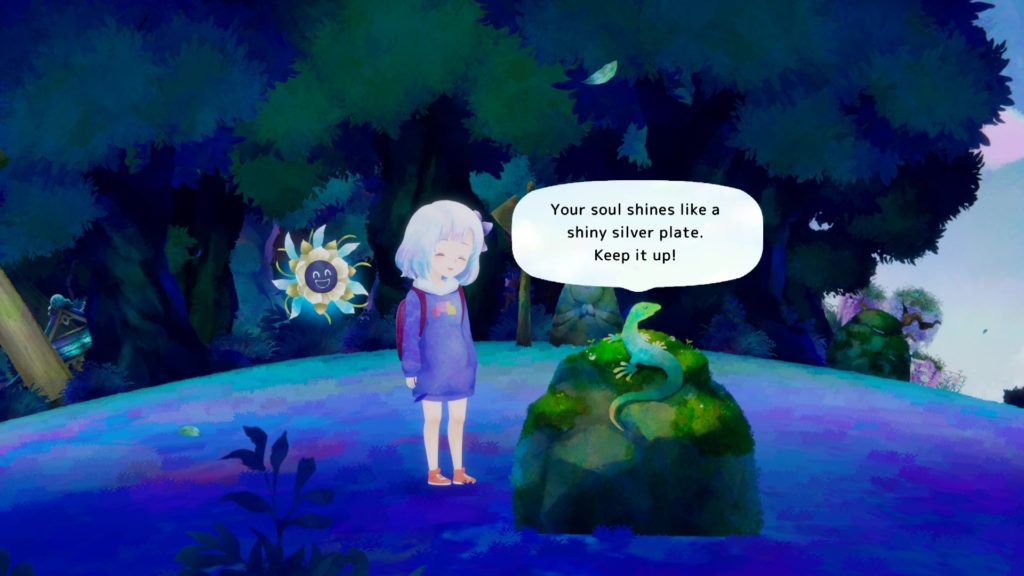
“It started as a story about a girl who meets a flower with one petal, and one day to live,” he continues. “As the idea developed it also started resonating with the concept that one day mirrors a perfect small life, and that if you can chain a bunch of great days together, who knows where it would take you?”
This sort of concept has obvious links to ideas found in spirituality, religion and worldwide belief systems. Was Sumire specifically inspired by anything along those lines?
“There was no elaborate system as the basis,” Ely explains. “Mostly just a general appreciation for life and that kind of deep spiritual power that underlies everything when you take the time to notice it.
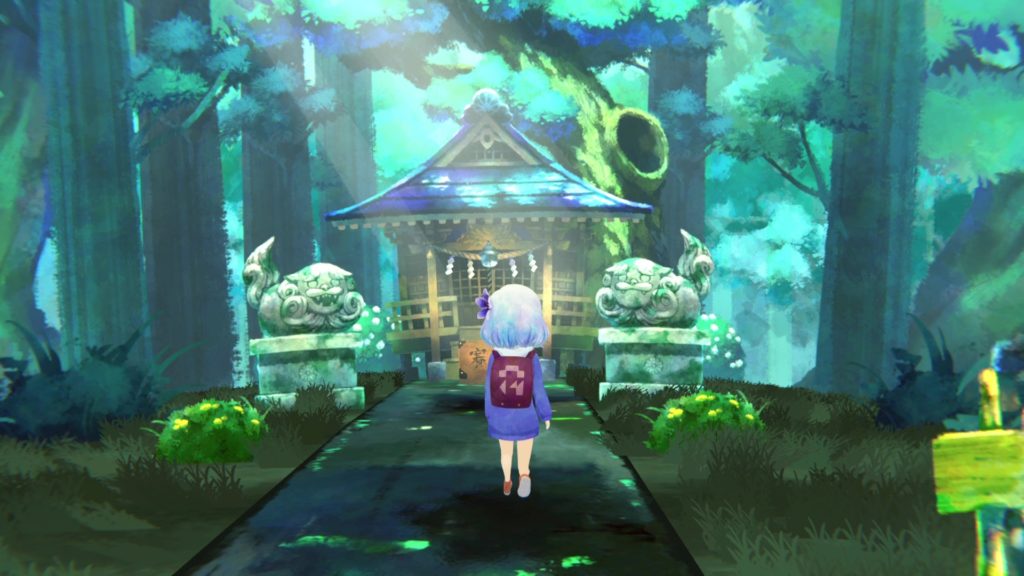
“However, moments in the game are based on a couple of shrines I visited in Japan that had a very big effect on me,” he adds.
It felt obvious, even back when the only public release of the game was the demo for the Steam Game Festival back in February of 2021, that Sumire was being developed as a passion project rather than a “product”. I was curious: did Ely and the team have a specific goal in mind that they wanted to achieve with Sumire as a creative project?
“The number one main thing was to have players stop, even for a moment, and reflect on the themes of Sumire in their own life,” Ely says. “Their own dreams, the words unsaid and things undone, the places they want to go, and the people they love.”
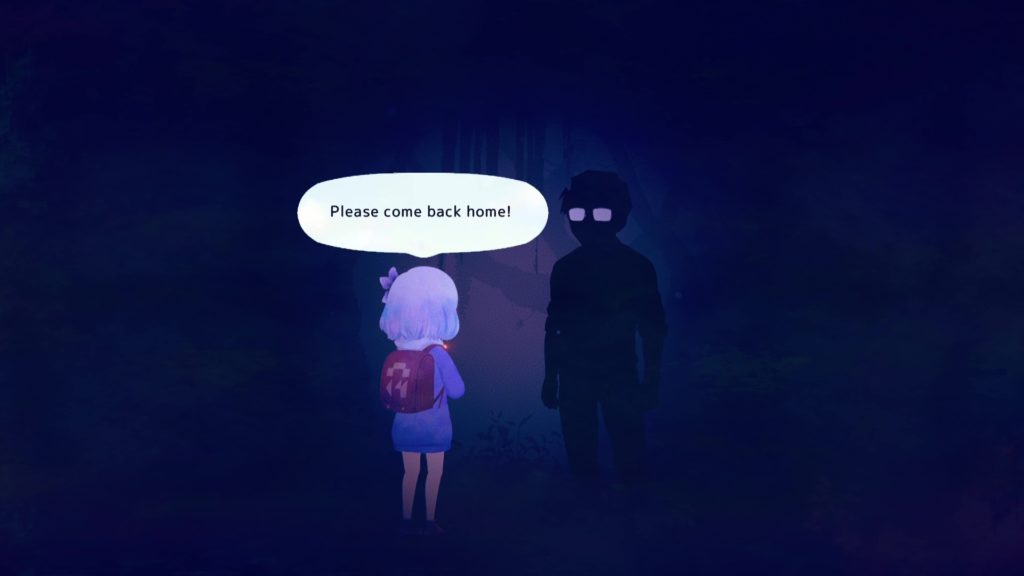
Mission accomplished in that regard, I’d say; Sumire is nothing if not thought-provoking, and that’s what makes it so emotionally engaging. While the central narrative involves a young girl, the thoughts and feelings she describes and experiences over the course of the narrative as a whole are universal — anyone playing the game could have experienced them at some point in their lives, and that makes the whole thing powerfully emotionally resonant.
That’s certainly what I found while playing it, anyway, but I’m just one person. What was the general response to the game like, I wondered?
“Player responses have been really touching,” Ely says. “Many people connect deeply with the flower and the story and cry at the end, or think about their own life. Reviews have been fantastic and it’s very gratifying, because we took a risk to make a game like this.”
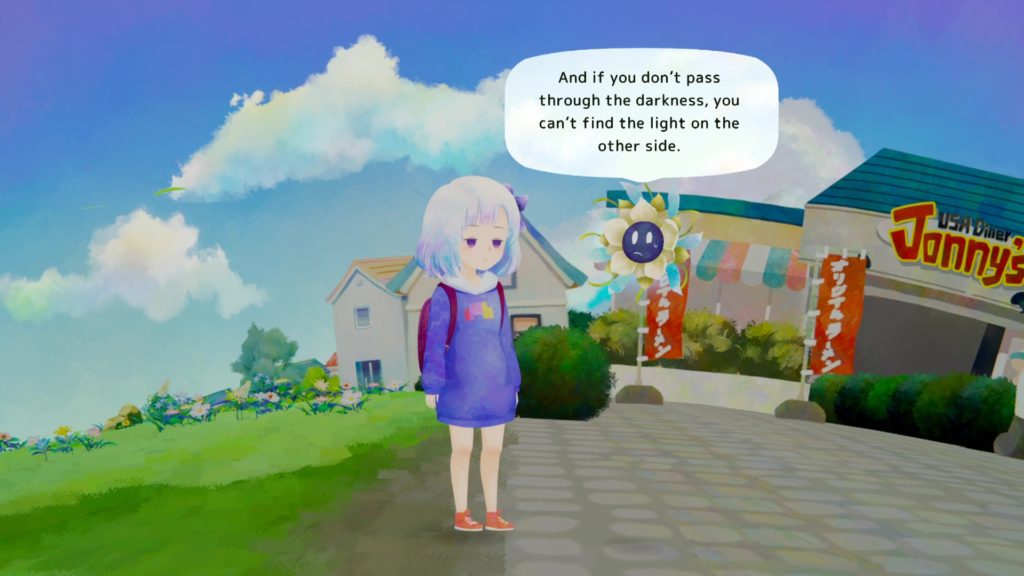
“Cry at the end”, huh. I was crying for about the last hour and a half of the whole thing, and on the verge pretty much for the duration. But one shouldn’t mistake Sumire for being nothing but a relentless tugging of the heartstrings; there’s plenty of good humour in there too — and in contrast to many other narrative-centric games, there are even some distinct “gameplay” moments.
Specifically, at two separate points in the game, protagonist Sumire sits down to play a game with one of the other characters — firstly a simple card battling game, and later a straightforward board game that unfolds like a symmetrical take on the normally asymmetrical Hare and Hounds. They’re both fun experiences, but they stand out as being the most obviously “game-like” part of Sumire. What was the thinking behind their inclusion?
“Sumire is mainly a narrative game, but we all like ‘gamey’ games, too,” explains Ely. “It seemed really nice to break up the constant dialogues and emotional moments with some fun minigames.
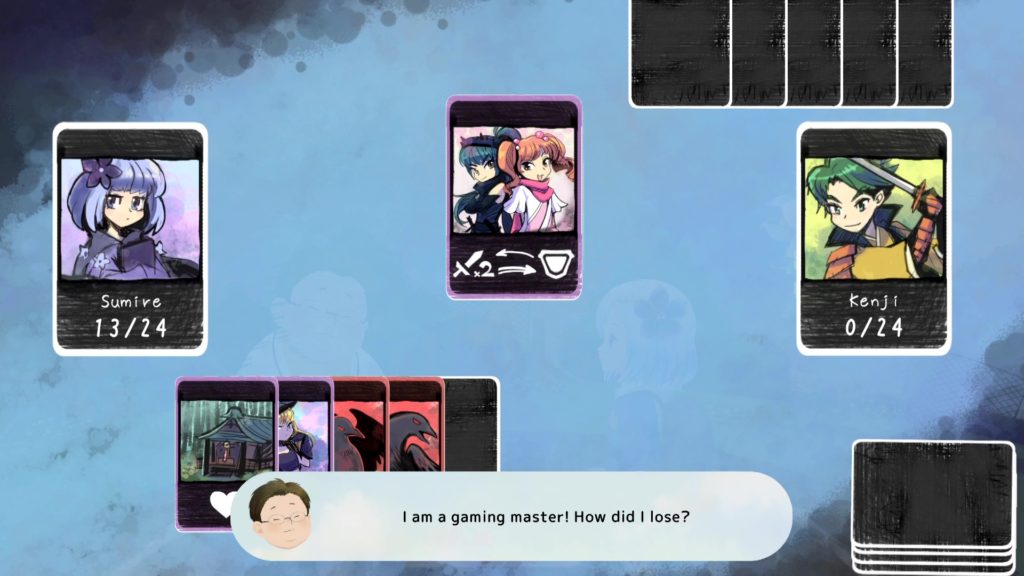
“But the thing we really liked about the card and board game was that they still advanced the character and story while you played them,” he continues. “We wanted the player to feel like they were sitting with their best friend in a cosy room, playing games and just chatting as they teach you how to play.”
Getting that balance right was probably a challenge, as when you’re trying to focus on telling a story you don’t want to end up overwhelming the player with mechanical considerations — but you still want to keep them engaged, too. I asked Ely about any other challenges that the team had encountered during development.
“Stories allow complete control of player attention and can be more easily guided to a climax,” he says. “It took a lot of work to open up the narrative into a fun, interactive world while still holding on to the powerful emotional moments.
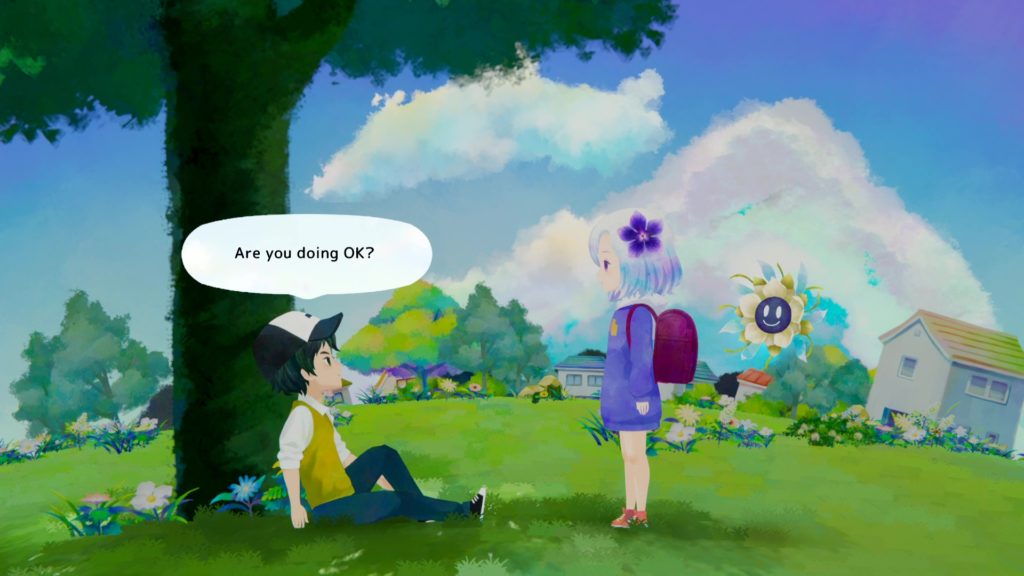
“If we did another narrative game,” he adds, “we would approach it with a lot of the insights we gained. We also developed a lot of technology, workflow and team trust that will help us in the future!”
I had to ask: were there any plans to get a limited-press copy of Sumire on players’ shelves at some point in the future?
“We’re indie at heart and love downloadable games,” Ely says, “but if someone approached us it would be hard to resist a beautiful physical copy… maybe with a dream notebook attached?”
I’d be up for that. And I’m sure at least one of the limited-press companies or specialist publishers out there would probably be up for it, too. Fingers crossed.
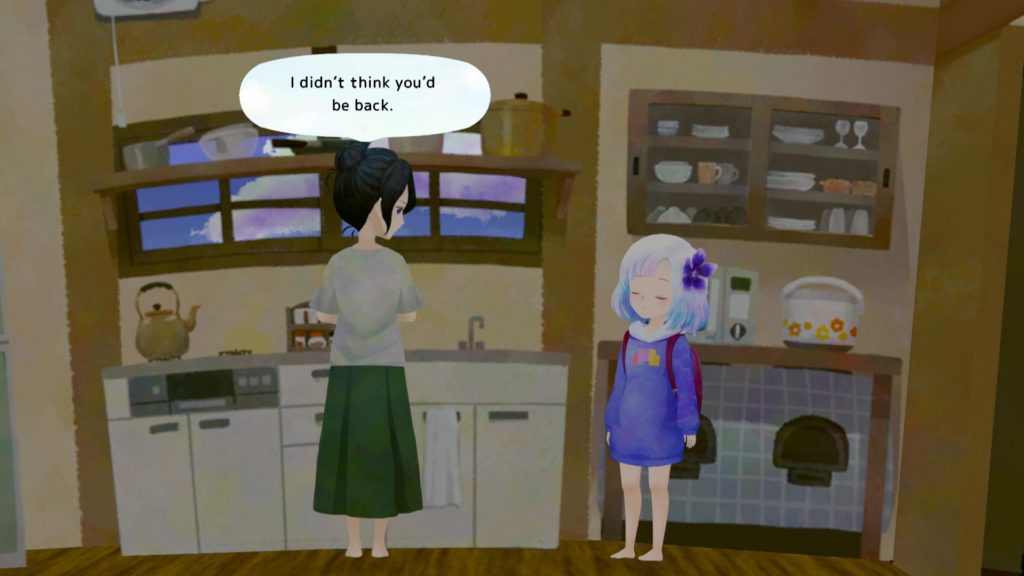
Finally, then, I wondered what was next for GameTomo after Sumire?
“New games and new challenges!” Ely tells me. “We also have the next Nimbus game coming, and we’re helping with the Cuphead DLC.”
Keeping busy, then — and on the strength of Sumire, I’d say GameTomo are definitely a developer to keep an eye on if you haven’t stumbled across them before.
Sumire is available now for PC via Steam and Nintendo Switch. You can find out more about GameTomo’s other projects on their official website.
Join The Discussion
Rice Digital Discord
Rice Digital Twitter
Rice Digital Facebook
Or write us a letter for the Rice Digital Friday Letters Page by clicking here!
Disclosure: Some links in this article may be affiliate links, which means we may earn a small commission if you make a purchase after clicking on them. This is at no additional cost to you and helps support Rice Digital!
- Letter from the Editor: passing the torch - June 30, 2023
- Super Woden GP 2 is looking promising - June 30, 2023
- Inti Creates is making a 32 bit-style Love Live action platformer - June 26, 2023






